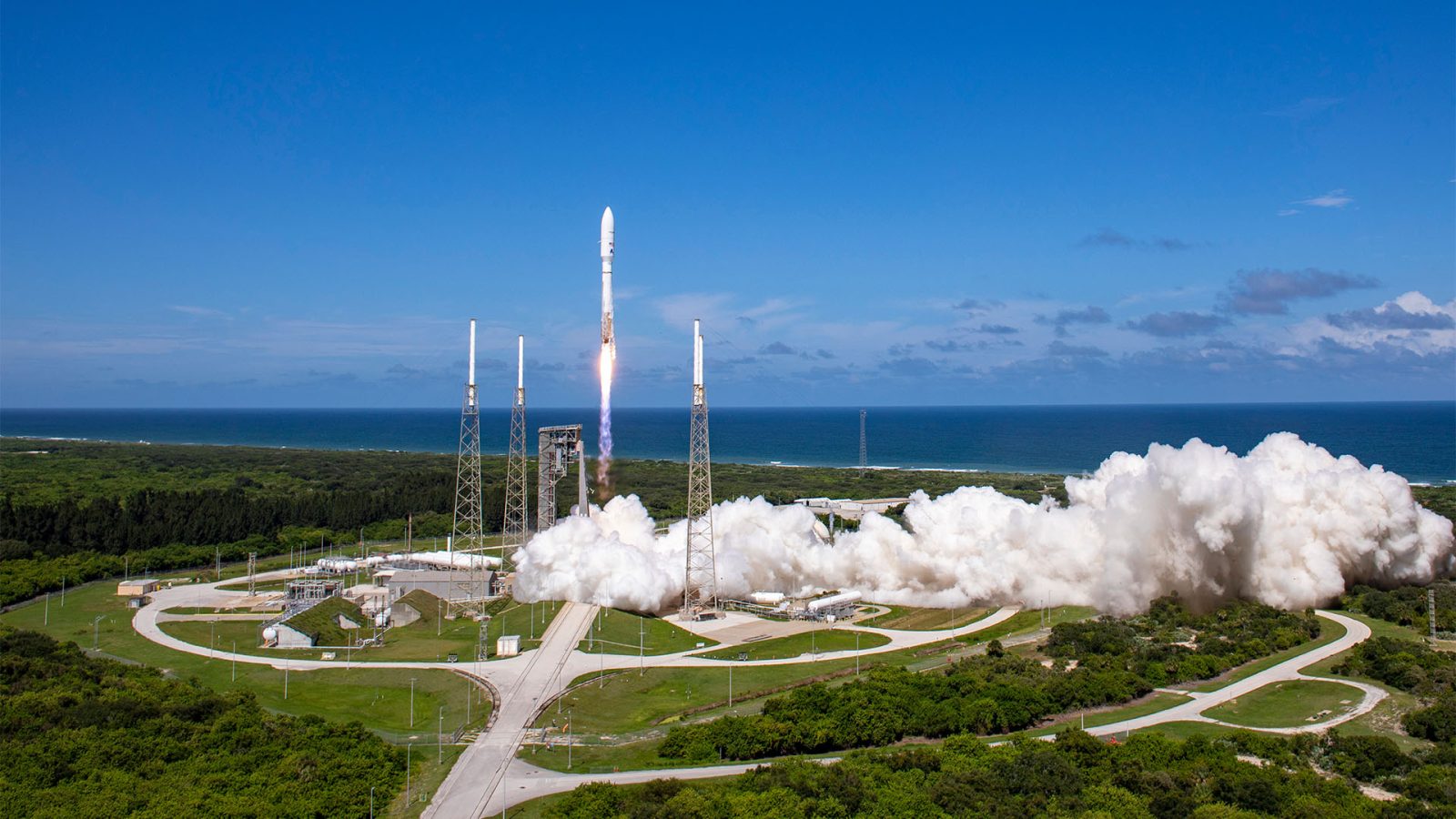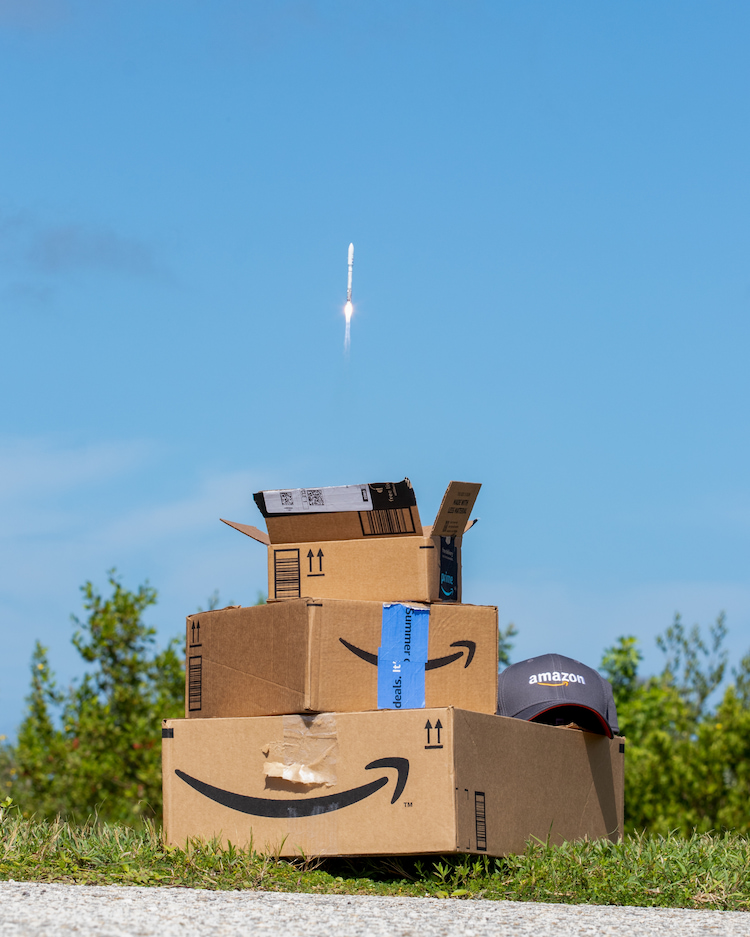
Begun, the low Earth orbit satellite internet wars have – Yoda’s line sounded way more epic.
After potential delays pushing the flight of the satellite into next year, Amazon took advantage of one of its Atlas rockets to launch its first two Kuiper internet satellites to begin testing its service. This ended up being the third launch by ULA for 2023 and the 99th flight overall for the Atlas V.
Add LEO to Amazon’s new domains
The company that allows you to buy anything, watch anything, and listen to anything on the internet, is now testing its service to let you do that from anywhere on Earth. Amazon’s first two test satellites for its Project Kuiper satellite internet service are now in orbit thanks to a boost from ULA’s Atlas V rocket.
Its third mission of the year, ULA launched just a couple of minutes after its two hour window opened. Launching from SLC-41 at Cape Canaveral Space Force Station, the weather was perfect for launch and no range or rocket issue arose. After supporting 50 SpaceX launches so this year, the Eastern Range has been excellent at getting this missions off without any issues from the public.
Amazon’s Protoflight mission launched two test Kuiper satellites called Kuipersat-1 and Kuipersat-2. They got their ride to space on the very last Atlas V 501 variant, an Atlas V rocket with a 5m payload fairing, no strap on rocket motors, and one engine on the Centaur upper stage. A rather weird variation, similar to that weird Soyuz that launches without booster, an Atlas without its SRM just doesn’t look right.
In case you’re wondering, no we didn’t even get a glimpse of Amazon’s Kuiper satellites as the livestream ended shortly after booster separation. This is similar to what ULA does for NRO or DoD missions. The only photos shared before launch of the satellites were in their shipping containers when they arrived in Florida. A photo I have sense been unable to find again.

This could be because these are test satellites with exposed hardware that Amazon doesn’t want public. However, we are also quiet spoiled with SpaceX’s openness with what they show for all their programs. This could just be how Amazon plans to operate.
Amazon, founded and still partially owned by Blue Origin owner Jeff Bezos, plans to launch several thousand of these satellites with New Glenn, ULA Vulcan, and Arianespace Ariane 6 rockets. The online retailer also has eight more Atlas V rockets at its disposal to launch if any of those rockets continue to suffer delays.
Join our Discord Server: Join the community with forums and chatrooms about space!
ULA eyeing up first Vulcan launch to end the year
After delays in the BE-4 engines built by Blue Origin to power the rocket and then ULA’s own built Centaur V, it might seem we are nearing an actual launch attempt. In an update on ULA’s live updates blog for Amazon’s Protoflight, the company shared its next mission will be the inaugural launch of its Vulcan rocket.
ULA has held on that it can launch the rocket by the end of the year even with needing to send its Centaur V back to Alabama for modifications. If ULA could launch its Vulcan rocket this year and it’s successful, that would line them up for a second flight in early 2024. Two missions of Vulcan are needed to certify it for use under the Space Force’s National Security Space Launch contract it won a few years back.
NRO and DoD missions are the lifeline for ULA missions as Amazon has really been the only commercial customer since SpaceX’s rise to entrust them with launch. Vulcan is rumored to be much more competitive with SpaceX’s Falcon 9 and eventually will feature engine recovery and reuse to help lower the cost even more.
However, SpaceX is still king when it comes to commercial access for medium to heavy lift space launch. A concern we might see come to end when more competition comes onto the scene.
FTC: We use income earning auto affiliate links. More.




Comments